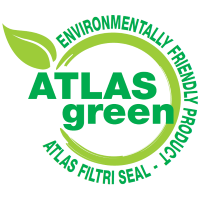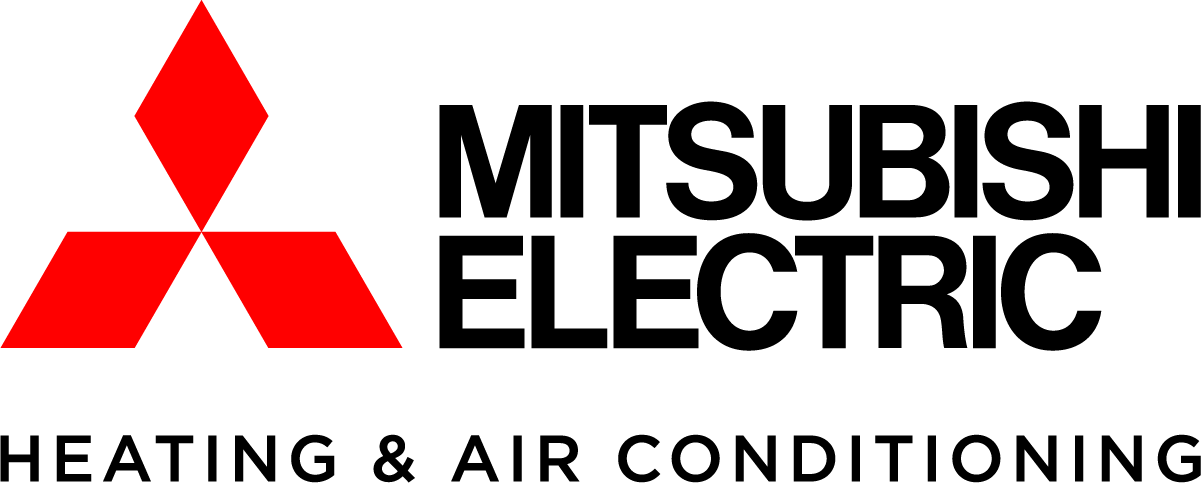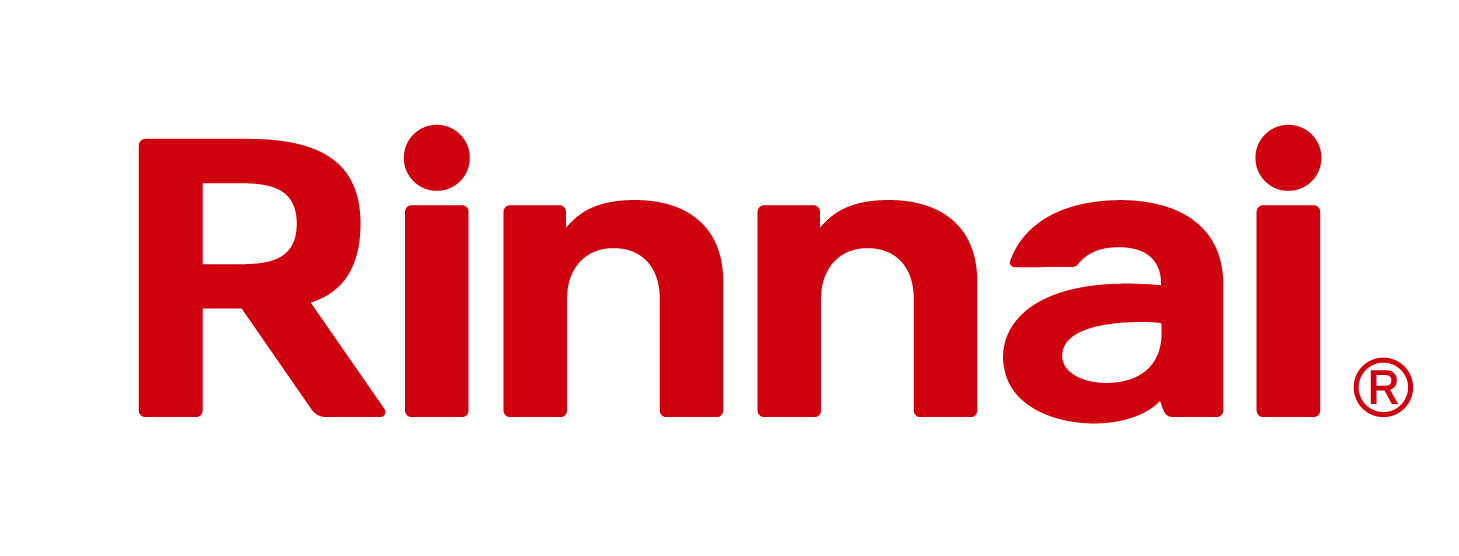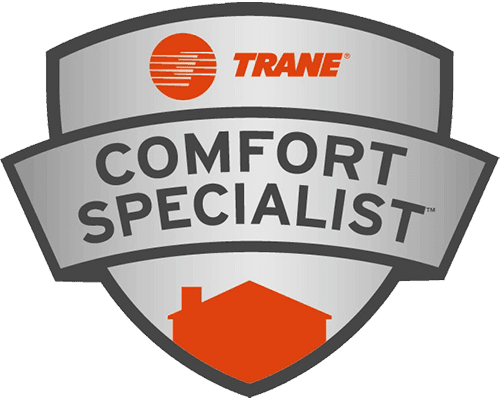Converting Your Home from Oil to Natural Gas Heating
Making the switch from oil to gas heating represents one of the most significant home improvements you can undertake. At Papalia Home Services, we’ve been helping homeowners throughout Boxborough, Acton, Westford, Concord, Sudbury, and Lexington make this important transition since our founding in July 1990. The conversion process involves careful planning, precise execution, and an understanding of both the immediate benefits and long-term advantages that natural gas provides over traditional oil heating systems.
The decision to convert often comes down to economics, convenience, and environmental considerations. Natural gas typically costs 30-50% less than heating oil on an annual basis, though these savings can vary based on market conditions and your home’s specific heating requirements. Beyond the financial aspects, natural gas eliminates the need for oil deliveries, removes the worry about running out of fuel during cold snaps, and provides a cleaner-burning alternative that produces fewer emissions. As a Trane Comfort Specialist and Diamond Elite contractor, we ensure every conversion meets the highest industry standards while maximizing your home’s efficiency potential.
Understanding the Conversion Process
The oil to gas conversion process begins with a comprehensive evaluation of your existing heating system and home infrastructure. Our certified technicians assess your current oil boiler or furnace, examine the condition of your chimney and venting systems, and determine the optimal placement for new gas equipment. This initial assessment, which we provide as part of our free estimates on heating and cooling installations, helps identify any additional work that might be needed, such as chimney lining or modifications to your home’s ductwork.
Once we’ve completed the evaluation, we work with your local gas utility company to ensure gas service is available on your street and coordinate the installation of a gas meter if one isn’t already present. The actual conversion typically takes two to three days and involves removing your old oil tank, installing new gas piping from the meter to your heating equipment location, and setting up your new high-efficiency gas boiler or furnace. As NSS (Navien Service Specialist) certified professionals, we’re equipped to install and service the latest generation of condensing boilers that can achieve efficiency ratings of up to 98%, dramatically reducing your heating costs while providing consistent, reliable warmth throughout your home.
Equipment Selection and Installation Standards
Choosing the right gas heating equipment requires balancing your home’s heating load calculations with your budget and efficiency goals. Modern gas boilers and furnaces come in a wide range of capacities and efficiency levels, from standard 80% AFUE units to ultra-high-efficiency condensing models. We perform detailed heat loss calculations to ensure your new system is properly sized, avoiding the common mistakes of oversizing that lead to short cycling and reduced efficiency, or undersizing that results in inadequate heating during extreme weather.
Our installation practices follow strict ACCA (Air Conditioning Contractors of America) guidelines, ensuring every component is properly sized, installed, and calibrated for optimal performance. This includes proper venting installation, which is crucial for both safety and efficiency. Modern high-efficiency equipment often requires different venting configurations than older systems, sometimes allowing for direct venting through sidewalls rather than traditional chimney venting. We handle all necessary modifications, including installing appropriate condensate drainage for high-efficiency units and ensuring proper combustion air supply for safe operation.
Managing the Oil Tank Removal Process
- Above-ground tank removal: Typically straightforward, involving draining remaining oil, disconnecting fill and vent pipes, and physically removing the tank from your basement or utility area
- Underground tank removal: Requires excavation, soil testing, and potential remediation if any contamination is detected
- Tank abandonment in place: Sometimes recommended for difficult-to-access underground tanks, involving proper cleaning and filling with inert material
- Oil disposal and recycling: Proper handling of remaining fuel oil, which can often be pumped out and recycled
- Documentation and permits: Securing necessary local permits and providing proper documentation for insurance and real estate purposes
The complexity of oil tank removal varies significantly based on tank location, age, and local regulations. Our experienced team coordinates with licensed tank removal specialists when necessary, ensuring full compliance with environmental regulations and providing you with all required documentation for your records.
Financial Considerations and Long-Term Benefits
The initial investment in oil to gas conversion typically ranges from $7,000 to $15,000, depending on factors such as equipment selection, necessary infrastructure upgrades, and the complexity of oil tank removal. However, the return on investment often justifies this upfront cost through substantial monthly savings on heating bills. Natural gas prices have historically been more stable than oil prices, providing greater predictability in your home heating budget. Additionally, many utility companies offer rebates and incentives for high-efficiency gas equipment installation, which can offset a portion of your conversion costs.
Beyond direct energy savings, converting to natural gas can increase your home’s value and marketability. Real estate professionals consistently report that homes with natural gas heating sell faster and often command higher prices than comparable oil-heated homes. The conversion also opens up possibilities for adding gas-powered amenities such as ranges, dryers, water heaters, and standby generators, further enhancing your home’s functionality and appeal. Being open 7 days a week, we can work around your schedule to minimize disruption during the conversion process.
Maximizing Efficiency with Modern Technology
Today’s gas heating equipment incorporates advanced technology that wasn’t available even a decade ago. Modulating burners adjust their firing rate based on actual heating demand, providing more consistent temperatures and improved efficiency. Smart thermostats integrate seamlessly with modern gas heating systems, learning your schedule and preferences to optimize comfort while minimizing energy consumption. Variable-speed blowers in gas furnaces provide better air distribution and humidity control, enhancing overall comfort beyond what traditional single-speed systems could achieve.
The integration of these technologies requires expertise in both traditional HVAC principles and modern control systems. Our technicians receive ongoing training on the latest equipment and control strategies, ensuring we can maximize the performance of your new gas heating system. We also provide comprehensive maintenance services to keep your system operating at peak efficiency for years to come, protecting your investment while maintaining the comfort and safety of your home throughout the heating season.











